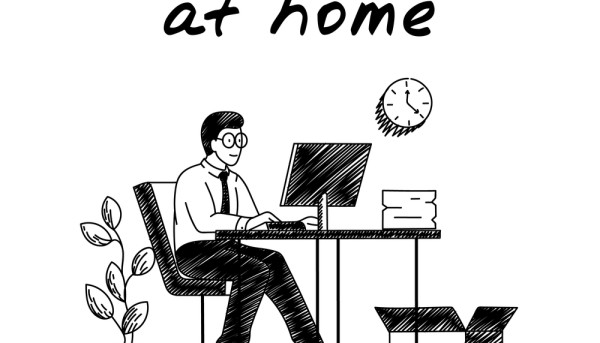Government Assistance Car Insurance
Government Assistance Car Insurance
Government assistance car insurance is a great option for those who don't have the money to purchase an expensive auto insurance policy. This type of program is a great way to get an affordable insurance policy.
The main requirements to qualify for the program are age, disability, and low income. You should also have a clean driving record, as these factors will lower your insurance costs.
In order to receive a government car insurance policy, you must meet specific requirements and be a resident of the state.
Car insurance is required in all 50 states and is very expensive for people with low income. Fortunately, there are government assistance programs for low-income car owners.
However, these programs are only available in certain states, so make sure to check with your local DMV to see if you qualify for a low-cost policy. Despite the high cost of auto insurance, there are many ways to save money on your coverage. If you qualify, you may qualify for a free government assistance car insurance policy.
These government assistance programs are only available in 4 states, and they are primarily aimed at people with low income or disabilities.
There are also different types of insurance available through the government. While some of these programs are designed to help low-income households afford a car, they are typically limited in coverage. For example, the 'a dollar a day' insurance policy offered by New Jersey only covers medical treatment for the policyholder in the event of an accident, and does not cover non-emergency treatment for other parties involved. Furthermore, the process is often confusing because customers have to deal with a new customer service representative.
Obtaining government assistance car insurance is a great way to reduce the cost of your premiums. Although it can be tough to afford auto insurance, it is worth the effort.
The low cost of government assistance is not a joke - the average American has to pay a minimum of $1,009 a year for auto insurance. In addition, low-income car owners may qualify for subsidized policies through GEICO and PACER.
In addition to government assistance car insurance, low-income people can also look for alternative ways to reduce their premiums. Some of these strategies include raising their deductible and canceling their collision and comprehensive coverage.
Another way to lower your premiums is to lower your deductible. ValuePenguin.com recommends raising the deductible to cover the entire cost of these policies. In addition to this, you should not limit yourself to purchasing insurance from the government.
Low-income families can qualify for government assistance car insurance. This type of insurance is especially beneficial for people who are on a tight budget. If you qualify for the program, you'll have to submit proof of your income and address. You'll need to show proof of this by proving your low-income status and a valid driver's license. You can also use the government's rental car agreement to rent a car without paying for it.











